How To Reap The Many Local SEO Benefits for Your Business
- Local SEO
- Marketing Strategy

Many factors make up SEO. There is image, on-page, technical, video, and off-page SEO just to name a few. But local SEO is one of the most accessible and valuable subsets of search engine optimization that nearly anyone can pick up.
Throughout this post, you will gain the necessary knowledge it takes to reap the many local SEO benefits for businesses. From understanding what the current local search ranking factors are to directories to add your business to, you’ll be dominating the Google Maps pack in no time (well, maybe in a couple of months as we SEOs like to say.)
Local SEO vs Organic SEO
What is Local SEO?
Local SEO is the practice of improving your business’s visibility in the local results provided by Google, Bing, or Yahoo. Think of Local SEO as your business information in Google Maps, Waze, or on Apple Maps.
For the sake of simplicity, we are going to be talking about Google for the rest of this article. Like most of the search engine industry, Google has a stronghold on the market. As of 2021, 42% of all local searches involve clicks on the Google Map Pack.
An easier way to think about what local SEO is is to remember the last time you went on Google to look for something you need. Whether it was a “burger near me,” “tree trimmer”, or “bookstores”. When you search those queries, you are browsing and finding the best local business for your needs, and it is Google’s purpose to deliver the best possible answer to your search.
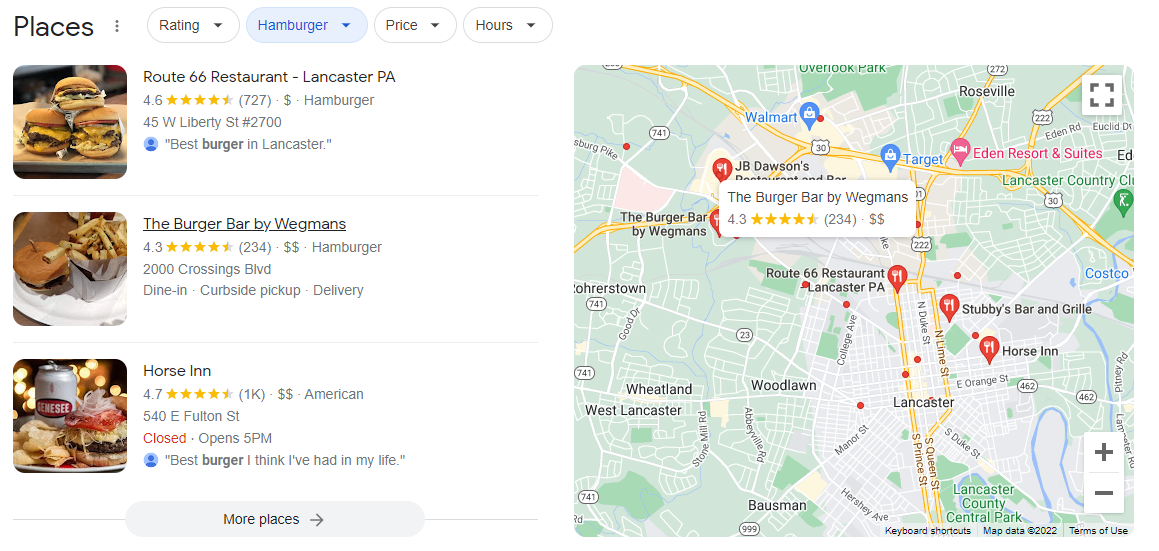
What is organic SEO?
Organic SEO is what makes up the rest of your search engine optimizations minus local SEO. This includes making your product and service pages, blogs, etc. more visible on search engines that do not include utilizing the map packs. There are a variety of techniques to boost your company’s page on SERPs or Search Engine Result Pages, many of which we at Tower have covered which you can read here.
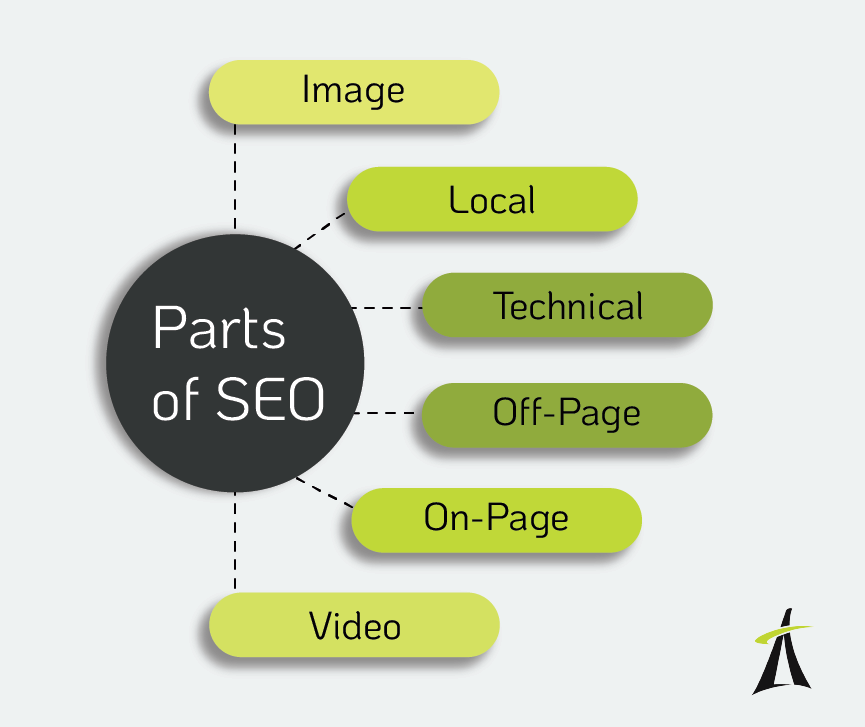
Key Differences Between Local SEO & Organic SEO
While both local SEO and organic SEO fall under the parent category of “search engine optimizations” there are a few key differences between them.
- Local SEO focuses on ranking higher in the map packs or on ranking higher for local keywords on your website
- Organic SEO focuses on ranking higher in other SERP features such as related questions, or instant answers.
Why Local SEO is Important
Web users are looking for information regarding products and services; they want results that are fast and within proximity. For example, when I search for “landscapers in Lancaster, PA” I see local landscape contractors in the search results.
Several years back if you searched for “coffee shops“, top spots would’ve gone to Starbucks, Dunkin’ Donuts, or Seattle’s Best. Now I see results for coffee shops located in Lancaster, PA such as Square One and Passenger. These results are more relevant and are even based on how close they are to my current location.
The real reason why local SEO is so important to local businesses is the ability to compete with national brands. This can be very difficult or impossible to do with organic SEO. Below are two screenshots that show the real importance of local SEO for local businesses.
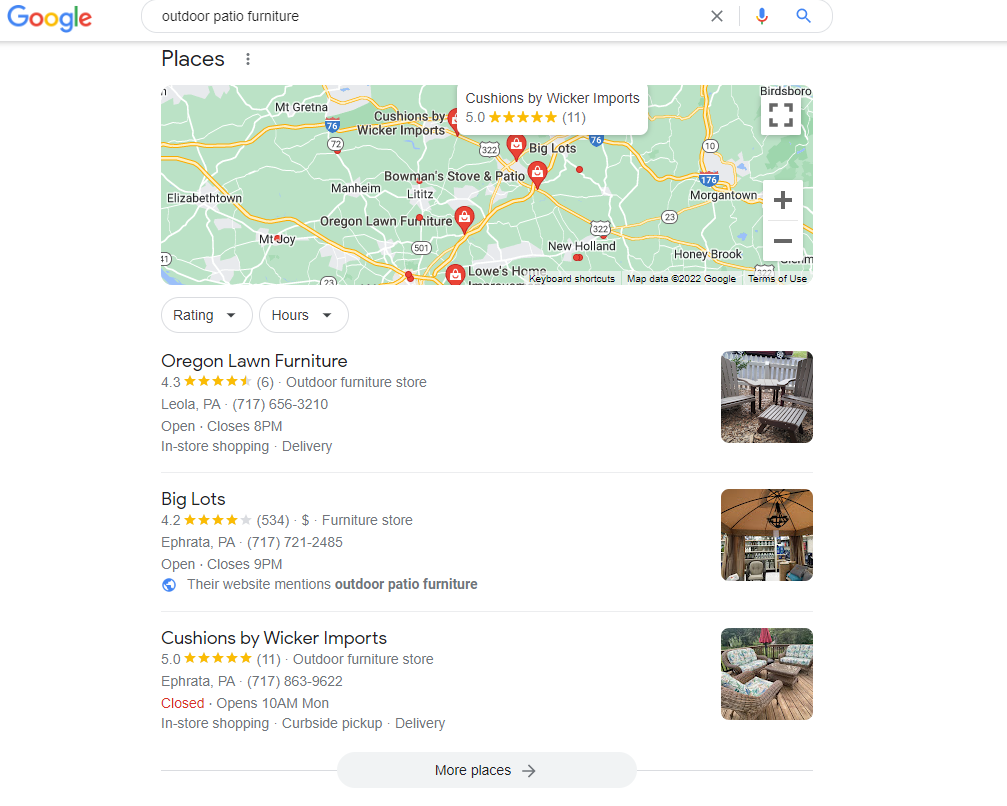
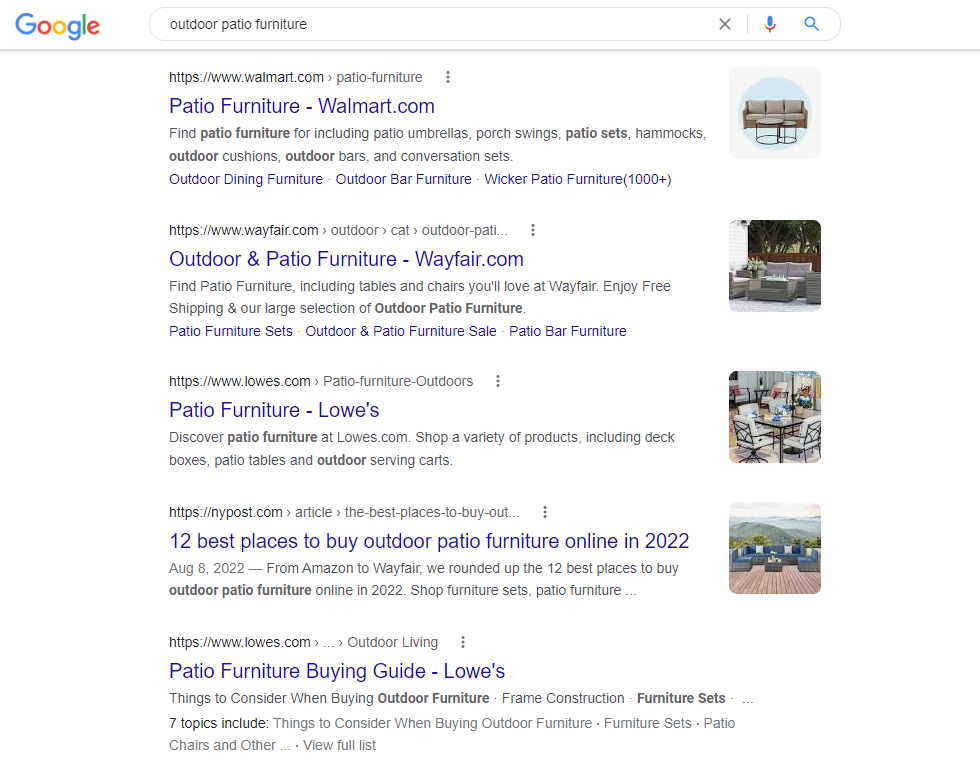
When “outdoor patio furniture” is searched for, local companies are given. These companies would not likely be able to outrank the companies in organic SEO if it wasn’t for their Google Business Profile.
The same search result, in the second screenshot, shows that national businesses are given directly under the local SEO results. Because of local SEO, smaller businesses are able to be placed higher up on the SERP.
Most Important Local Search Ranking Factors 2022 & Beyond
Now that you have a solid understanding of the importance of local SEO, it’s time to dive into the ranking factors that will bring your business even higher up on the local SERPs.
Listed below are the most important local search ranking factors in 2022 and hopefully beyond. However, these ranking factors change all the time. In fact, Google made 4,500 changes to its search algorithm in 2020 alone.
These are the ones that have the highest impact on your local SEO rankings and have been the most consistent throughout the inception of Google My Business which was created in 2005.
#1) Google Business Profile Factors
If there is only one thing your business does for local SEO, we recommend making sure your Google Business Profile, formerly known as Google My Business, is up-to-date with your business information.
Whether you have claimed your profile or not, there are important factors that go into your profile.
- Business Name. Make sure this is the same as your business. If it is not, you can potentially be ranking for the wrong name.
- Categories. Most importantly, you want to choose a “primary category” for your business. You can then add up to nine supporting categories. It’s important to note that you cannot create your own category, so it’s best to choose a general category if you can’t find one that perfectly suits your company.
- There are hundreds of options to choose from when selecting your business categories on your Google Business Profile. The most important one is the “primary category”. You can up to nine supporting subcategories as well.
- Google suggests “ Choose a primary category that describes your business as a whole and be specific. When you start to enter your category, choose a category from a dropdown that shows up.
- Google also suggests “If the category you want isn’t available, choose a more general category that still accurately describes your business. You can’t create your category.”
- Website URL. While this can be technically any page on your site, we recommend having your website URL be your homepage. We also suggest adding UTM codes so you know where the visitors are coming to your site from.
- Hours. It is best practice to make sure that when your hours change, you also update your Google Business Profile. Be sure to add in “special hours” too, including holidays, special events, or anything else that you may need to close your store for (weather, electrical problems, etc.).
- Service Area. Specifying your service area is very important for your local SEO strategy. You can add up to 20 service areas per profile and these should include any areas your business is capable of delivering to or providing a service for. You may also opt to provide your address so users have a better idea of where your service areas are.
In addition to those factors you can optimize, Google states there are additionally three reasons for how they decide to show your profile.
- Relevance. Google refers to relevance as “how well a local Business Profile matches what someone is searching for”
- Distance. Google defines this as “Distance considers how far each potential search result is from the location term used in a search. If a user doesn’t specify a location in their search, we’ll calculate distance based on what we do know about their location.”
- Prominence.
- “Prominence refers to how well known a business is. Some places are more prominent in the offline world, and search results try to reflect this in local ranking. For example, famous museums, landmark hotels, or well-known store brands are also likely to be prominent in local search results.”
#2) On-Page Optimizations
While on-page SEO is often associated with organic SEO as mentioned above. Its importance still remains one of the most important local SEO ranking factors you can control on your website.
Homepage Content
Your homepage receives the most views and should be filled with descriptive content to explain what your business offers, your industry, and the audience your serve. Users coming to your site should not question what your business offers.
Text and Context
Is there a useful amount of text on each page? Having enough content on each page is critical in helping your customers understand what your website offers, not only to humans but to search engines, too.
You have a short period to convince the user that they have landed on the right page. It is integral to craft content that is useful, relevant, and that reassures the user they came to the right page, otherwise, they leave your site.
Optimize Key Areas
Keep in mind that search engines also need to understand your web pages so they can deliver the best results for each search query. That is why it’s essential to have your local optimization set up.
A simple yet very effective way of implementing local SEO is to make sure the city and state of your business are included in the title tags and meta description. Other areas to optimize include the main heading and body of content of each web page.
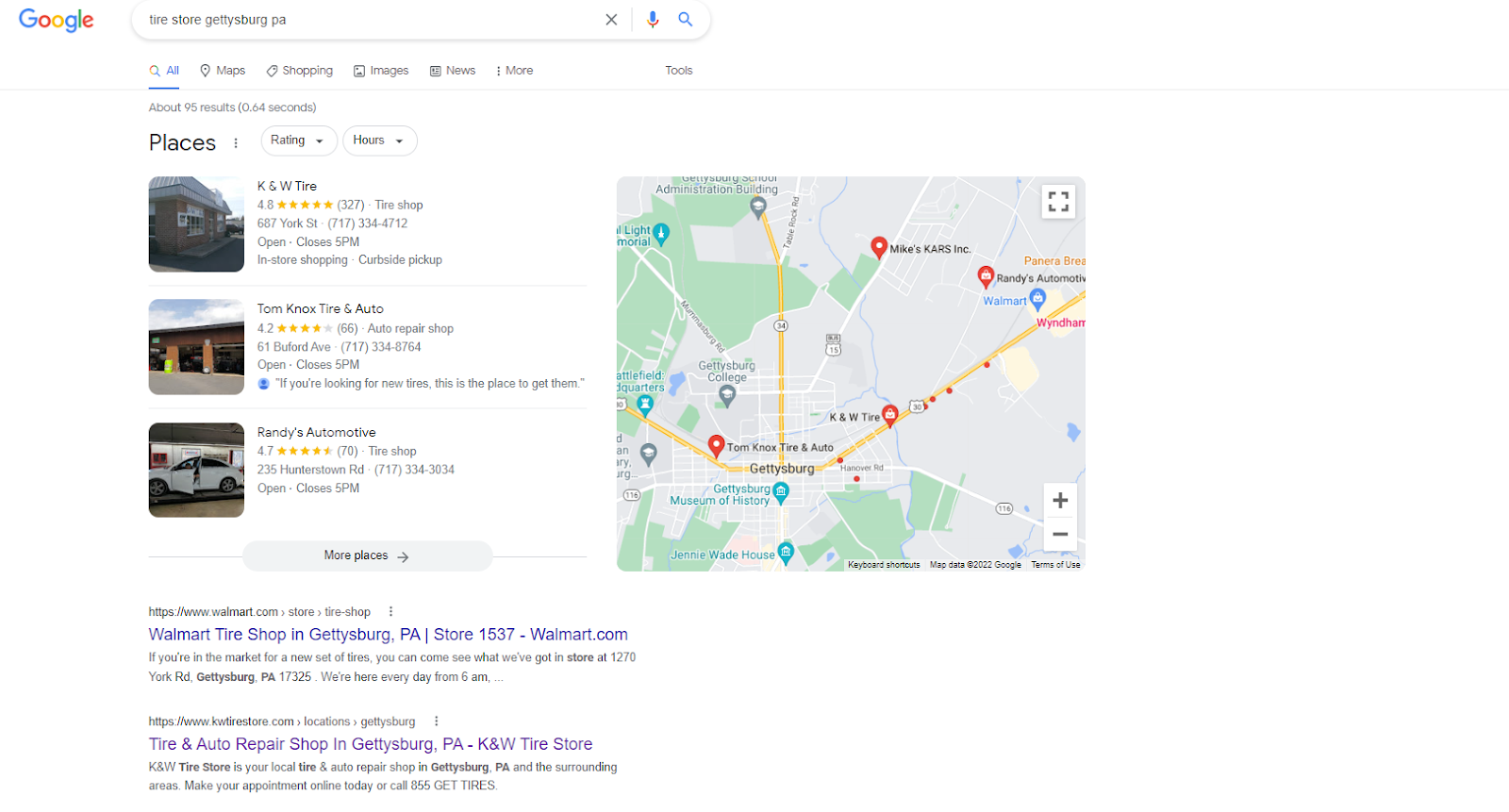
#3) Local Business Schema
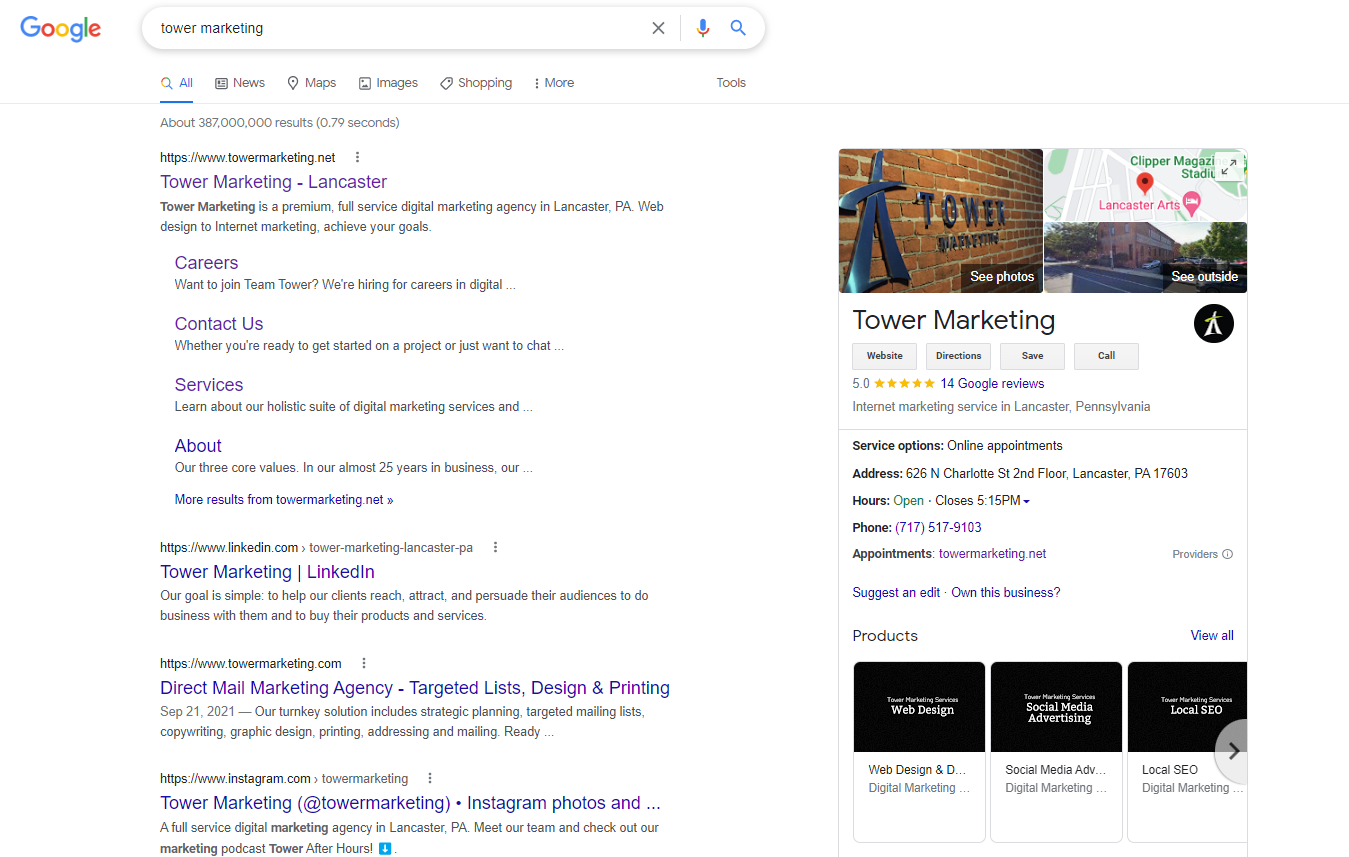
This is more of an advanced level local SEO strategy but adding local business schema is one of the best ways to tell search engines about your business besides using the Google properties.
With local business schema, you can tell Google about your business in more detail including departments, reviews, and hours to name a few of the properties you can add to the local business structured data. When you add structured data to your homepage, your business may show the prominent knowledge panel on the side of the SERPs.
Our team of SEO specialists can help your business rank well using schema. We have the knowledge and expertise to get your business ranking higher than ever on Google Maps.
#4) User Reviews
Reviews act as an immediate indicator to users. A business with consistently low reviews and ratings is not considered trustworthy and as a result, can lose a lot of business. Positive reviews encourage users to at least visit your site because it is easier for a user to trust other users, rather than a business that over-promises.
When it comes to ranking on different search engines, not all business reviews carry the same weight. Encourage your audience to leave reviews on sites that will have the biggest impact on your search rankings.
#5) Backlinks
As with organic SEO, external backlinks have been a key part of the local SEO ranking algorithm. Backlinks essentially work as a “points” system for search engines. The more “points” or backlinks your site has, the more search engines see your site as trustworthy. This is also one of the most easily measured local SEO metrics. You can monitor your backlinks through a variety of different platforms to gauge your success.
Some of these “points” will have higher domain authority than others. For example, having an external backlink from a local directory such as a visitor center or a statewide tourism site will most likely have a higher domain authority than a website that your site is on that looks spammy such as the one below.
To learn more about which local SEO directories you should add your business to, check out our guide on the top free & paid local directories now.
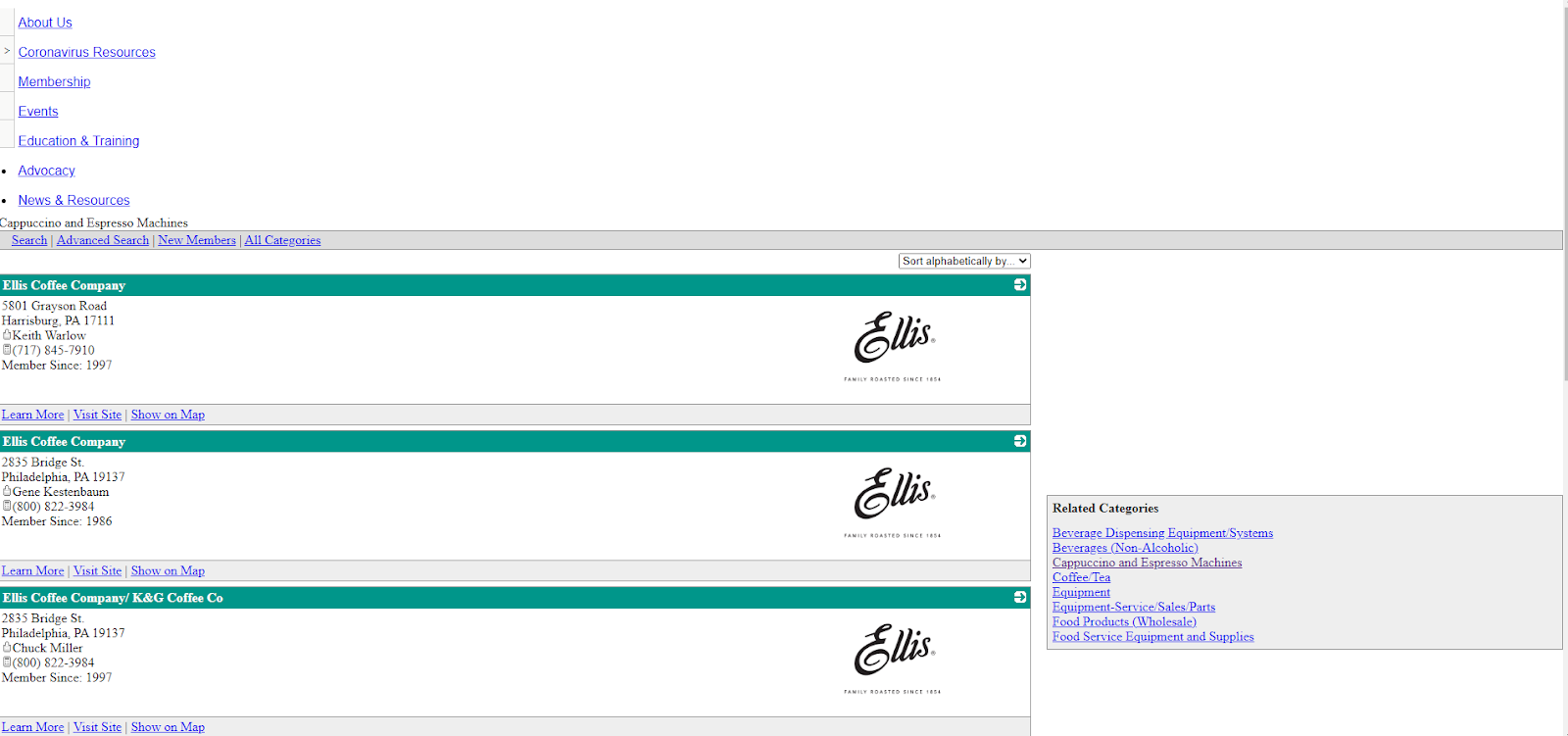
#6) Internal Links
Another local SEO ranking factor regarding links is your internal links. Like backlinks, internally linking has been a tried and true ranking factor for SEO. Site architecture and linking to the pages you are trying to gain local visibility to, through other methods such as blogs, is a great way to show search engines what pages you want to rank high for.
For example, if you are a business with multiple locations, having in your main navigation bar a “locations” drop-down with each of your store locations in it is one of the best ways to tell search engines this page is important for your local business opportunities.
#7) Behavioral
The last main local SEO ranking factor for 2022 that we are going to focus on is user behavior. For these user behaviors, we’re going to focus on actions the user can take directly on your Google Business Profile. While Google has never said directly that clicks and click-through rates are a part of SEO ranking factors, they have hinted at it and many industry experts agree clicks are a ranking factor.
Key behavioral actions users can take on your Google Business Profile.
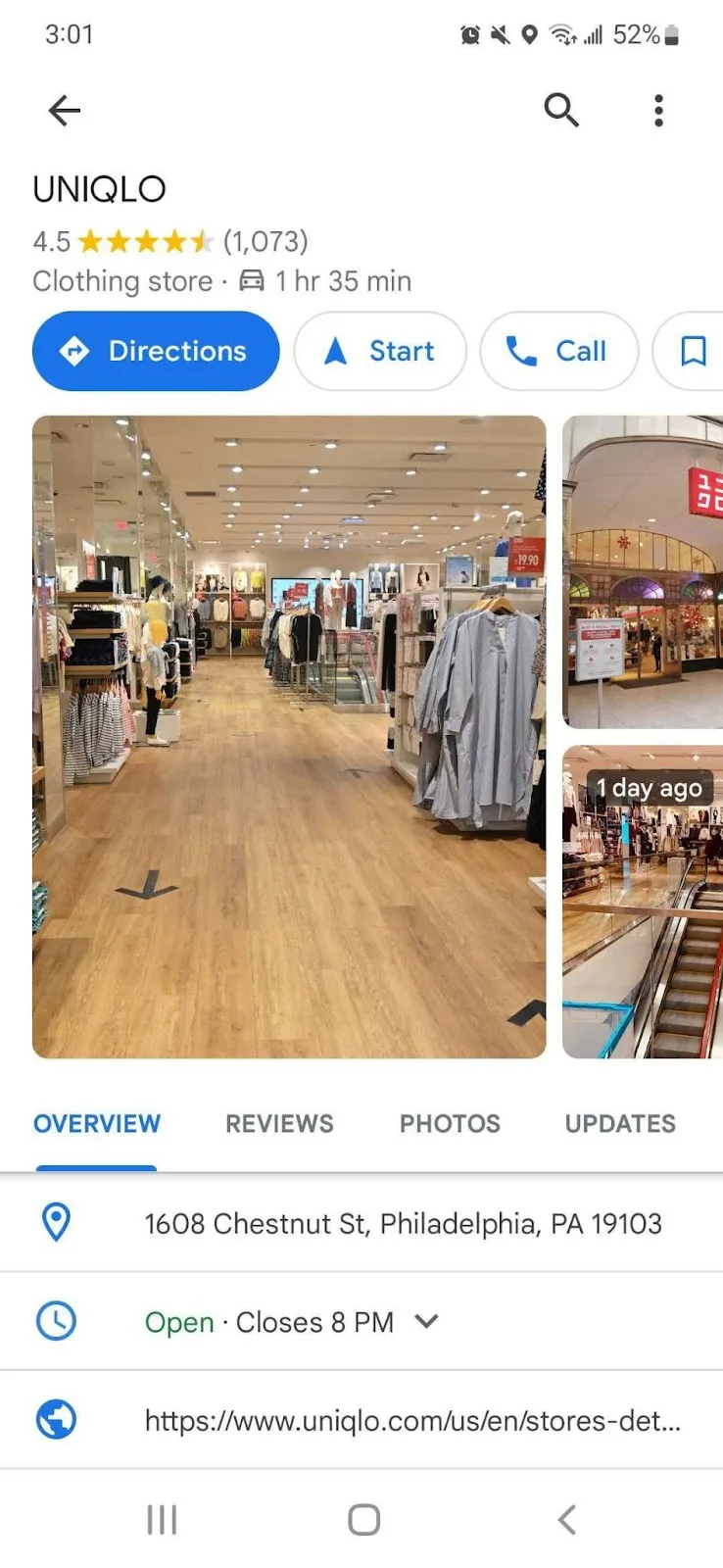
- Directions. This includes how many people request directions to your business regardless of if they arrived at your business from their destination.
- Website Clicks. This is clicking on the URL you have provided on the “website URL” feature.
- Clicks to Call. Very similar to the directions behavior, this is how many people click on the call button.
- Click Through Rate to your profile. While Google knows this about your business, you may not know how many people actually click on your business profile.
Local SEO can be very daunting but it also is one of the most accessible parts of the search engine optimization ecosystem. But when you fully understand what goes into ranking well on the SERPs, you’ll reap the many benefits of local SEO for your businesses.
Creating a comprehensive and cohesive SEO strategy for your business takes a team of experts to pull off. Our experts are skilled in boosting your search results, not just through local SEO, but through all aspects of SEO.
This blog was originally published on September 25th, 2017. It was updated on October 18, 2022
 By Trevor
By Trevor  Lauren
Lauren